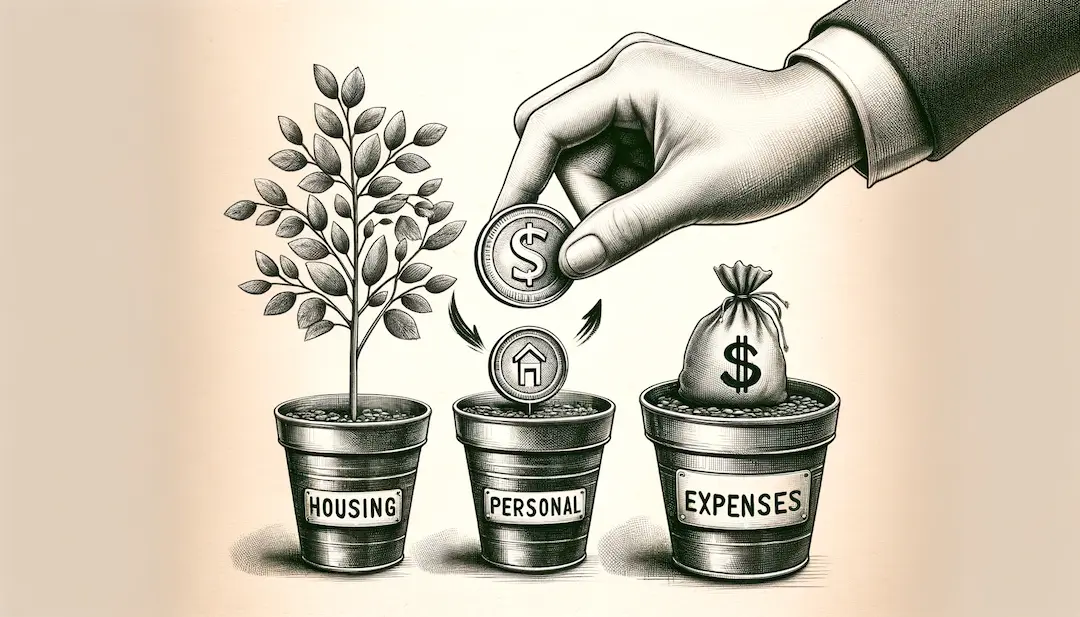
Futures and Options: Simplified Guide
Explore the world of Futures and Options with our easy-to-understand guide, perfect for the everyday investor. Learn how these financial instruments work, their purposes, risks, and rewards.

Hello, Readers!
Are you looking to manage your finances better but not sure where to start? Let's talk about the 50/30/20 rule of budgeting – a simple yet effective way to organize your spending and save money. It's a rule of thumb that can help you take control of your finances, regardless of your income level.
The 50/30/20 rule is a straightforward budgeting technique. It splits your after-tax income into three categories:
50% - Needs
Your needs are the essentials you must pay to live and work. They include:
30% - Wants
These are non-essential expenses that enhance your lifestyle:
Remember, what may be a want for one person can be a need for another. The key is honesty with yourself about what’s truly necessary.
20% - Savings and Debt Repayment
This portion is crucial for financial stability:
The 50/30/20 rule of budgeting is a great starting point for anyone looking to gain control over their finances. It’s about finding a balance that works for you and setting yourself up for a more secure financial future. Happy budgeting!

Explore the world of Futures and Options with our easy-to-understand guide, perfect for the everyday investor. Learn how these financial instruments work, their purposes, risks, and rewards.

Unlock the potential of affiliate marketing as a secondary income source with our comprehensive guide. Learn practical tips to partner with leading brands like Flipkart, AJIO, and Mama Earth, and turn your online presence into a revenue stream.

Unlock the secrets of market sentiment in our comprehensive guide. Understand how investor attitudes influence stock prices and trends, and why it's crucial for making informed investment decisions.